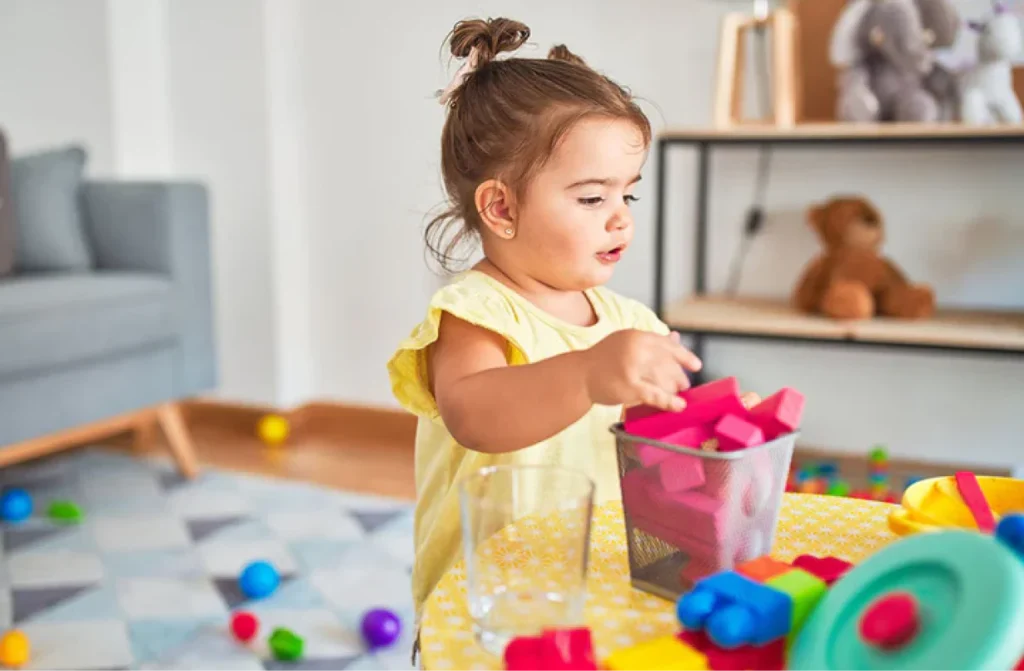
Exploring the Evolution of Toys Through the Years
Exploring the Evolution of Toys Through the Years
Toys have always been a mirror of society, reflecting culture, innovation, and the changing needs of children. From simple handcrafted objects to high-tech interactive gadgets, the evolution of toys tells a fascinating story of creativity, education, and entertainment.
Ancient Beginnings
The earliest toys date back thousands of years. Archaeological findings show that children in ancient civilizations like Egypt, Greece, and Rome played with dolls made from clay, sticks, and stones. These early toys often imitated adult life, preparing children for their roles in society.
19th Century: The Rise of Mass Production
The Industrial Revolution brought significant changes to the toy industry. Mass production made toys more accessible and affordable. Wooden trains, tin soldiers, and porcelain dolls became popular across Europe and America. The concept of childhood as a special time for play began to take root, influencing toy design and marketing.
Early to Mid-20th Century: Imagination Meets Innovation
In the early 1900s, toys began to reflect technological progress. Wind-up toys, board games like Monopoly, and model kits captured the imaginations of children. After World War II, plastic became a dominant material, leading to the creation of iconic toys like LEGO (1958), Barbie (1959), and Hot Wheels (1968).
Television and film also began to influence toy trends. Characters from popular media were turned into action figures and collectibles, bridging entertainment and play.
Late 20th Century: The Digital Revolution
The 1980s and 90s saw a dramatic shift with the arrival of electronic and digital toys. Video games, handheld devices, and educational computers introduced interactive play. Brands like Nintendo, Sega, and later Sony revolutionized how children engaged with technology.
Meanwhile, traditional toys remained relevant with advancements in design and safety. Educational toys became more sophisticated, encouraging STEM learning and developmental growth.
21st Century: Smart Toys and Sustainability
Today, toys are more diverse and advanced than ever. Smart toys with AI, voice interaction, and augmented reality offer personalized learning and entertainment. At the same time, there is a growing demand for eco-friendly and inclusive toys that reflect today’s values of sustainability and representation.
Parents now look for toys that are not only fun but also safe, meaningful, and enriching. Subscription toy boxes, DIY kits, and open-ended play products are gaining popularity.
Final Thoughts
From humble beginnings to smart gadgets, the journey of toys through the ages showcases how play continues to adapt to the world around us. As technology evolves and society changes, toys will keep inspiring, educating, and delighting children across generations. The story of toys is far from over—in fact, it’s just getting started.
